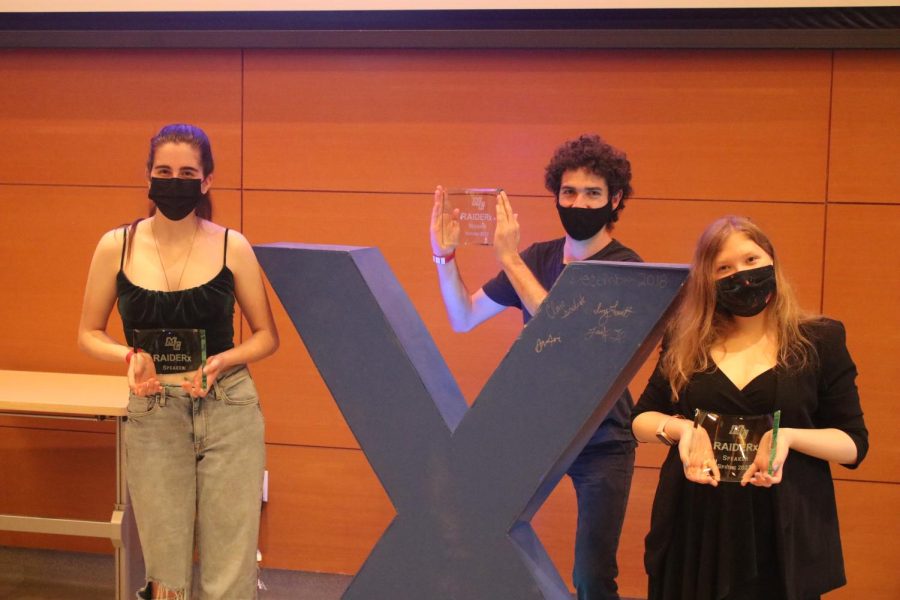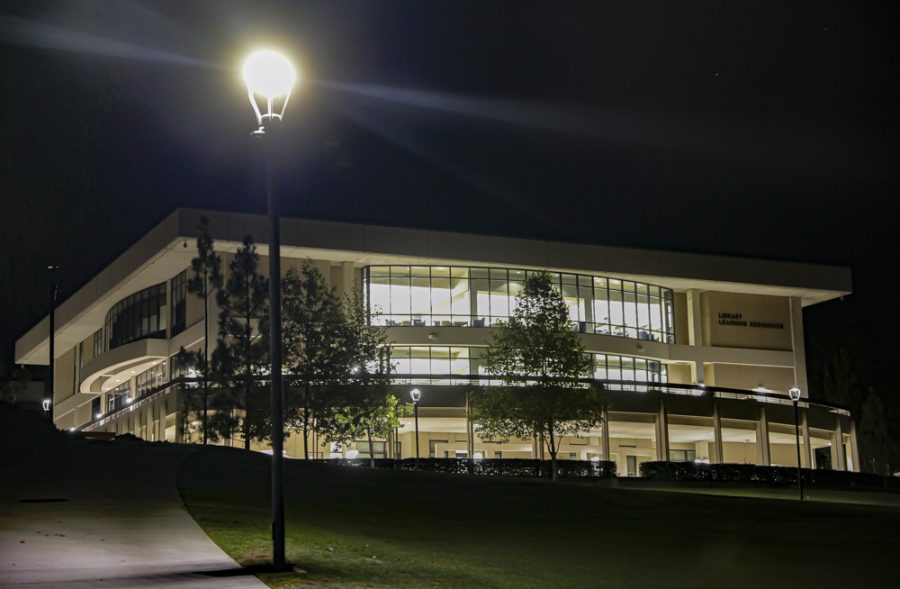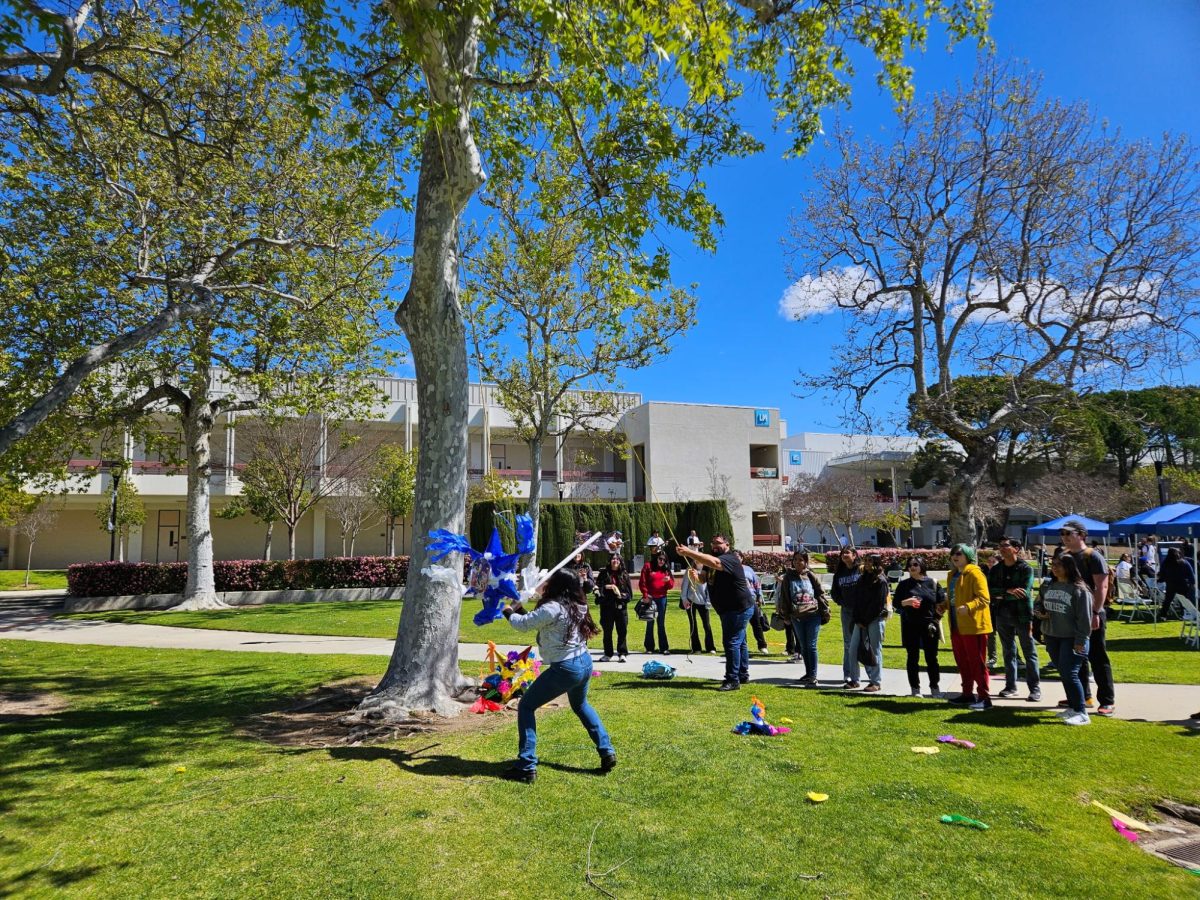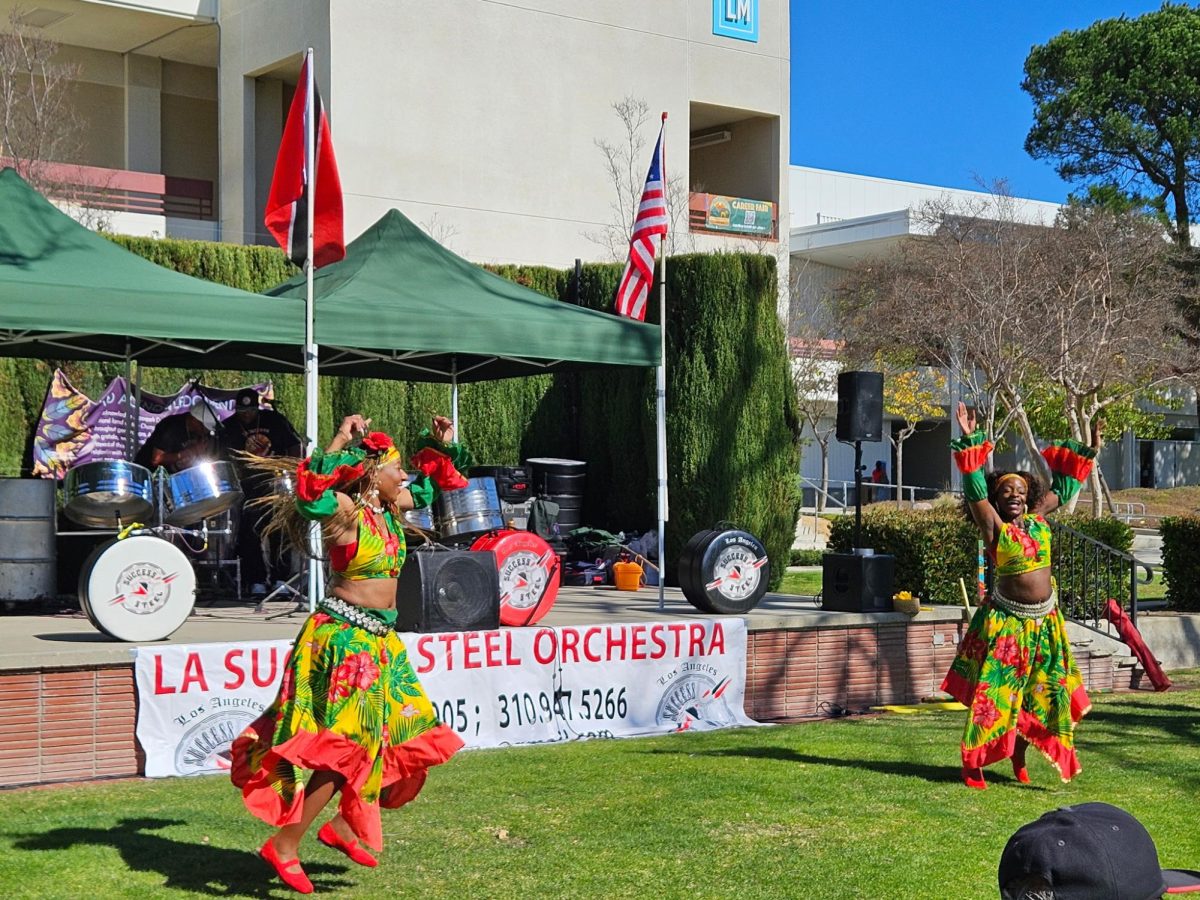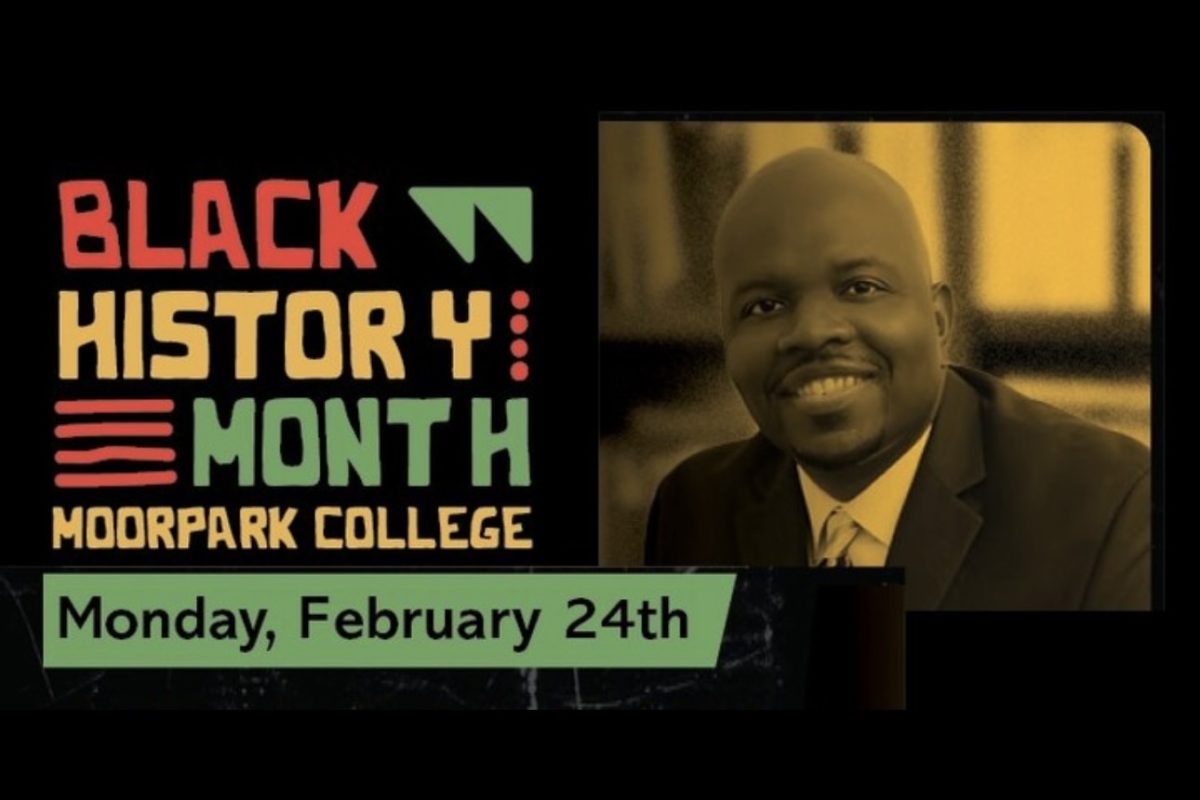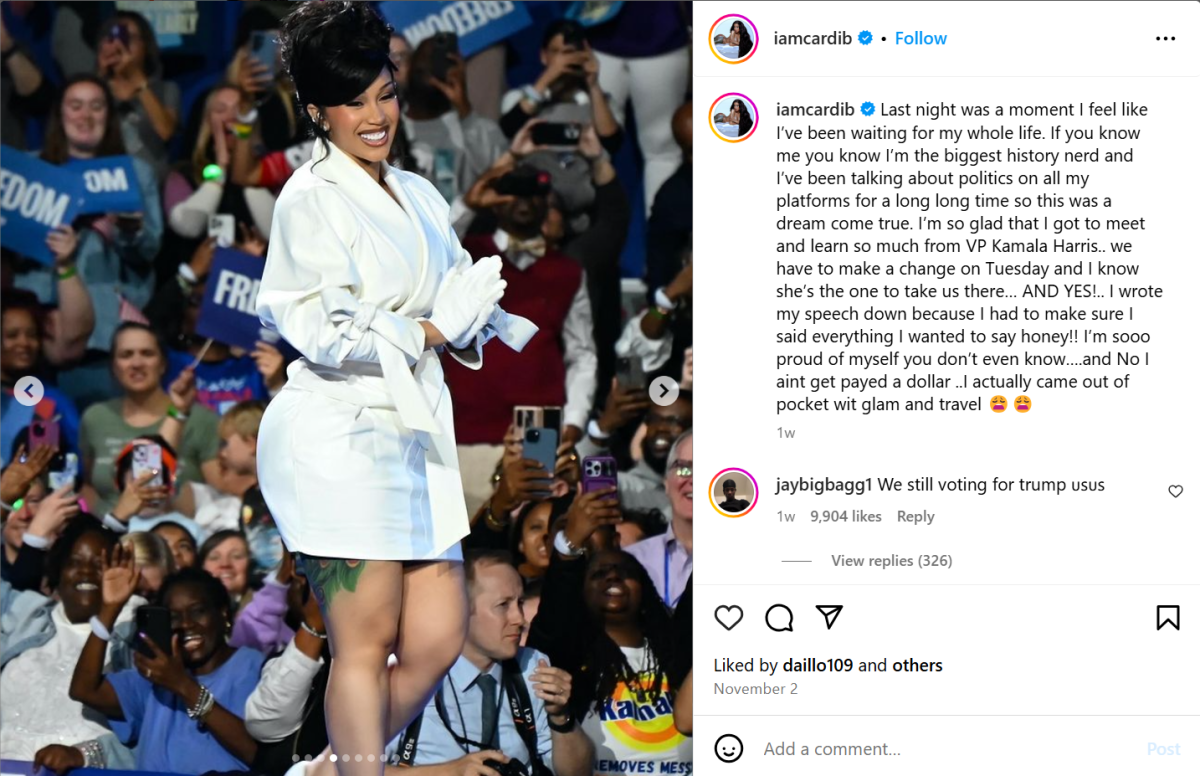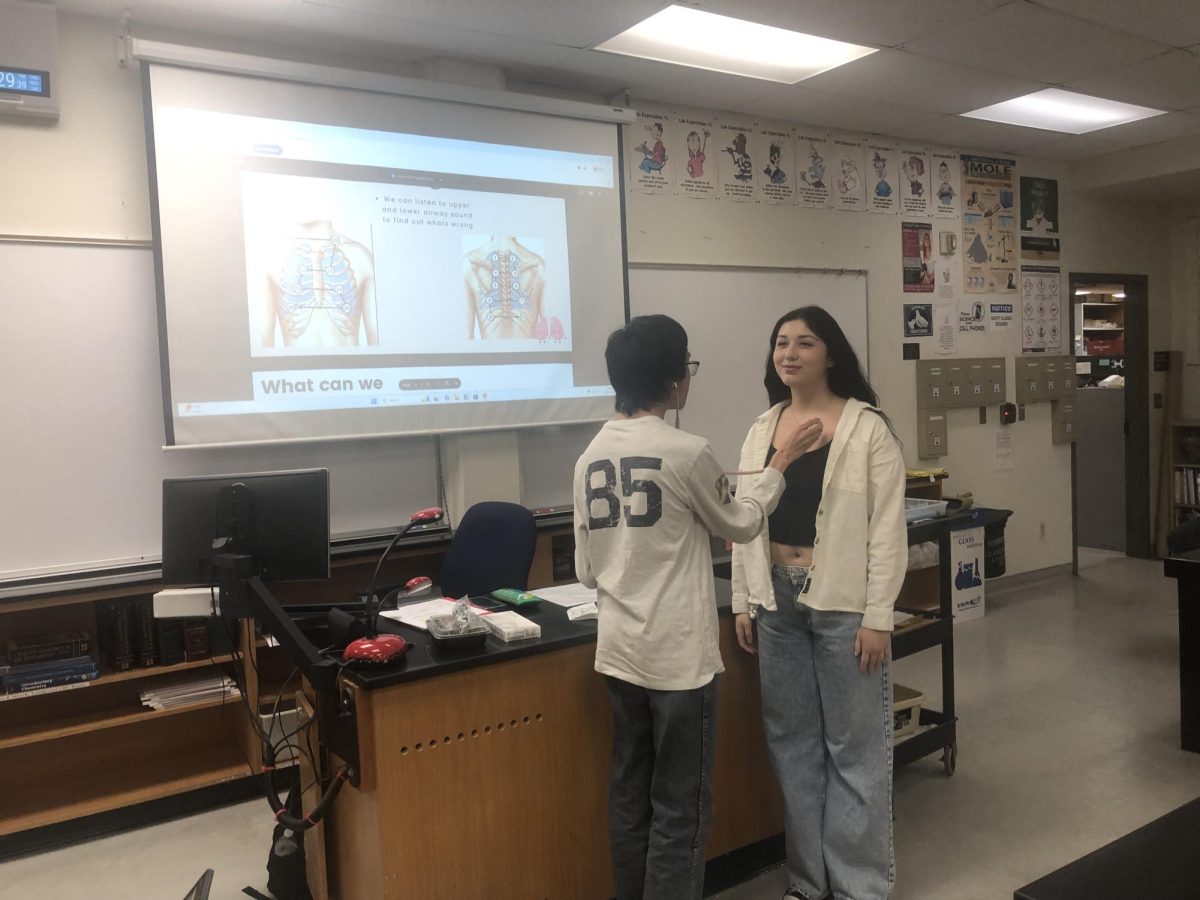There are different styles of leadership, and multiple character traits that define a person as a leader. One lecturer suggested that everyone ought to learn to lead.
“When you walked in, I assumed you were all leaders,” said Deborah M, Neal, Ed. D., educational consultant.
As a part of Moorpark College’s Multicultural Day, Neal presented her ideas about leadership to a classroom of approximately 50 students and faculty.
“[Neal] gave a framework for what a leader actually is, gave ideas for how to fill that framework,” said Paige Curson, 21, chemistry major.
Neal said that a leader encourages and holds high expectations for the people around them because he or she has self-efficacy: belief in one’s ability to achieve a goal or complete a task.
“I learned that [leadership is] being able to empower someone else, that isn’t you,” said Julie Cruz, 26, nursing student.
Neal talked about Thomas J. Bradley, the African-American mayor of Los Angeles who served 20 years, the longest tenure of any mayor of that city, Shirley Chisholm, the first African-American woman elected to congress and other inspirational American leaders.
Neal said that an authentic leader constantly evaluates his or her self to find improvements that can be made.
“If you think you’re great all the time, then you have a problem as a leader,” Neal said.
After a PowerPoint presentation on styles of leadership, Neal asked that class to take a leadership-style quiz, so the class could walk away with a sense of their personal leadership styles. The styles were actually listed as types of birds, so there was the hawk, direct and brusque, the peacock, charming and gregarious, the dove, sensitive and cooperative, and the owl, pensive and analytical.
“This is where your work comes in,” Neal said.
Neal said that in life people are not always going to agree or get along, but leaders look for shared interests.
‘There has to be mutual respect to work with other people,” Neal said. “You may have one thing in common, that can be enough to get the job done.”



